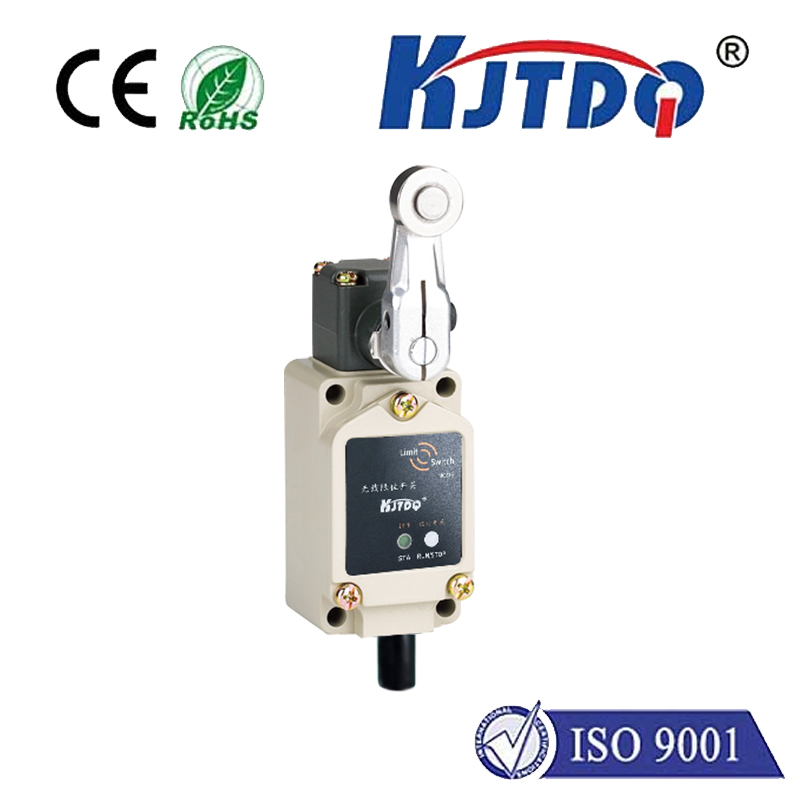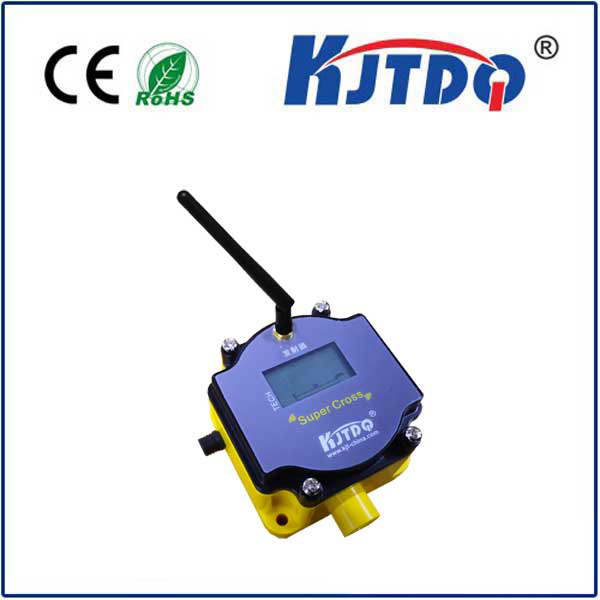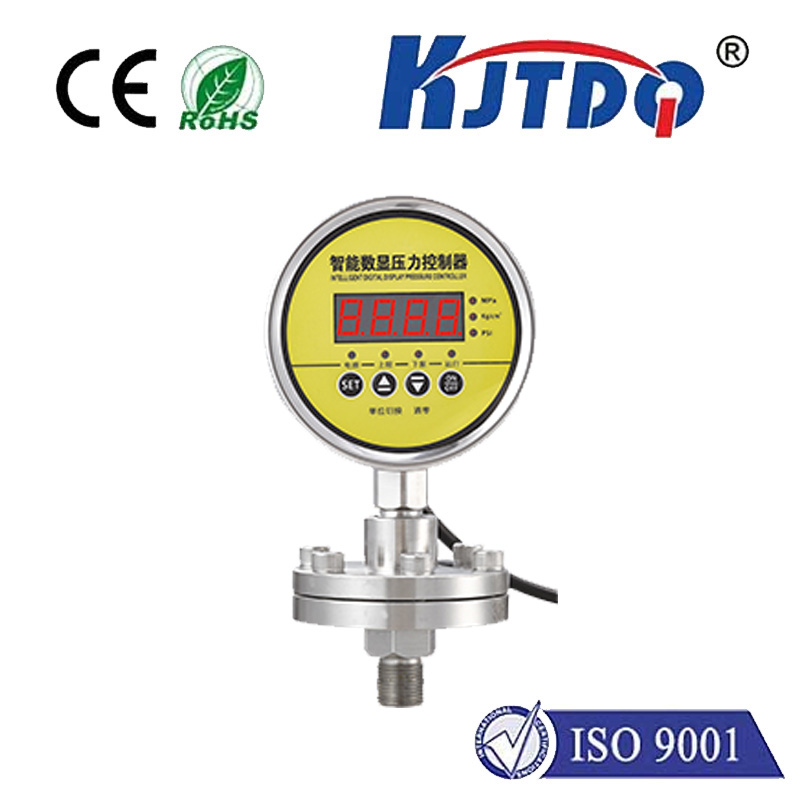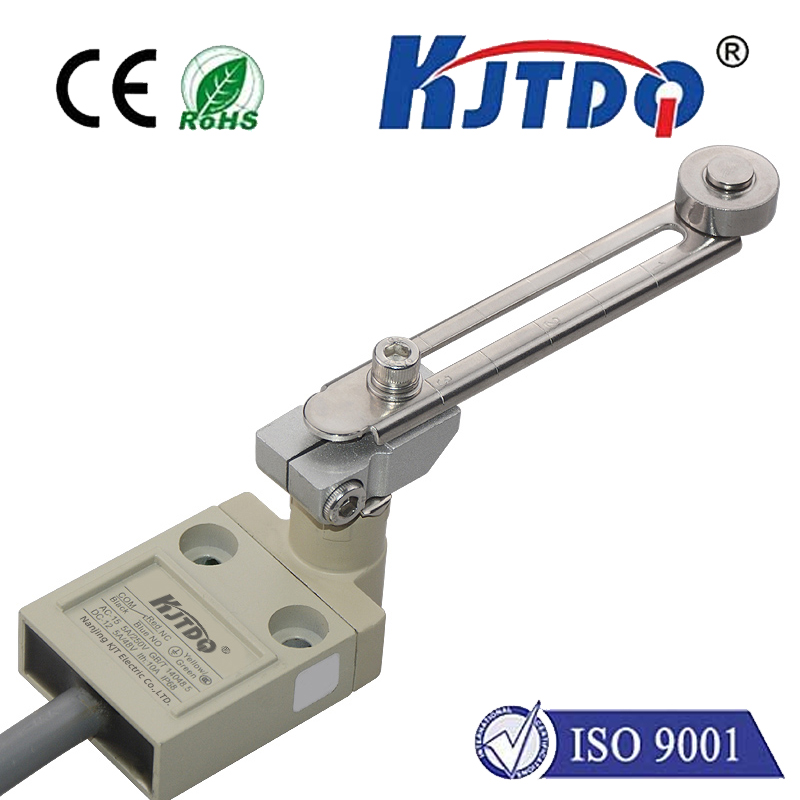

check

check

check

check
Advancements in Data Security: The Role of Biometric Authentication in Modern Systems
In an era where data breaches are becoming more frequent and sophisticated, the importance of robust data security cannot be overstated. With the increasing reliance on digital systems, the need for secure authentication methods has never been greater. One of the most promising advancements in this field is biometric authentication, which offers a unique and reliable way to verify user identities. The title BI5U-M18M-AD4X-H1144 seems to refer to a specific model or system, likely related to biometric technology. This article explores how biometric authentication is transforming modern security systems, with a particular focus on the integration of such technologies in real-world applications.
Biometric authentication is a method of verifying an individual’s identity based on physiological or behavioral characteristics. Unlike traditional passwords or PINs, which can be compromised or guessed, biometric data is unique to each individual and cannot be altered or replicated. This makes it an ideal solution for securing sensitive information and protecting digital assets. The BI5U-M18M-AD4X-H1144 is a specific example of a system that incorporates biometric technology, designed to enhance security in various industries, including healthcare, finance, and smart devices.

One of the key benefits of biometric authentication is its ability to reduce the risk of unauthorized access. By leveraging unique physical traits such as fingerprints, facial recognition, or voice patterns, systems can ensure that only the rightful owner can access the data or services they are entitled to. This not only strengthens data protection but also enhances user experience by eliminating the need for repetitive password entries or security questions.
In the corporate sector, biometric authentication is being implemented in a variety of ways. For instance, employees can now log into their systems using facial recognition, which significantly reduces the risk of data theft and unauthorized access. Similarly, in healthcare, biometric systems are being used to securely access patient records, ensuring that only authorized personnel can view sensitive information. This not only improves efficiency but also enhances patient privacy and trust in the healthcare system.
Moreover, the integration of biometric authentication into smart devices and mobile applications is revolutionizing how users interact with technology. With the rise of wearable devices and mobile platforms, biometric authentication is becoming increasingly seamless and user-friendly. Users no longer need to remember complex passwords or go through lengthy verification processes; instead, they can simply use their fingerprint or facial recognition to access their accounts.
However, the implementation of biometric authentication is not without its challenges. Privacy concerns are a significant issue, as the storage and processing of biometric data can be vulnerable to breaches. It is crucial for organizations to implement strong data protection measures and ensure that biometric data is stored securely. Additionally, the accuracy and reliability of biometric systems can vary, and false positives or negatives can lead to user frustration or security risks.
In conclusion, the integration of biometric authentication into modern systems represents a significant leap forward in data security. The BI5U-M18M-AD4X-H1144 exemplifies how such technologies are being applied in real-world scenarios to protect sensitive information and enhance user experience. As the digital landscape continues to evolve, the role of biometric authentication will only become more critical. By adopting these advanced security measures, organizations can better protect their data and build trust with their users.









